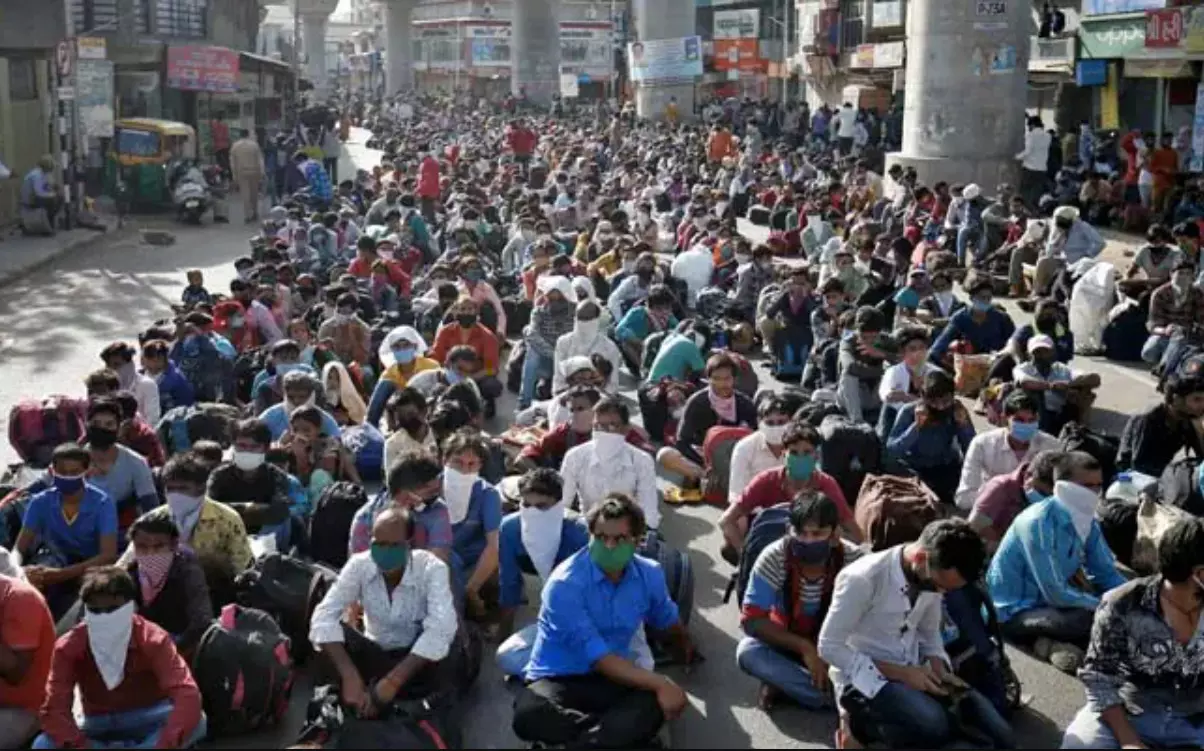Inexplicable dichotomies

In a nation of close to 1.5 billion people, tracking the state of unemployment is a monumental task, and recent reports have cast a spotlight on the conundrum of conflicting statistics. The Periodic Labour Force Survey (PLFS), compiled by the National Sample Survey Office (NSSO), paints a picture of optimism with an estimated unemployment rate of 3.2 per cent for the fiscal year 2022-2023, touted by the Indian Prime Minister as the lowest in the last six years. However, the Centre for Monitoring the Indian Economy (CMIE), a private research firm, has offered a stark contrast, reporting an overall unemployment rate of 10.05 per cent in October, up from 7.09 per cent in September, which is the highest in the last two years. The rural unemployment rate skyrocketed to 10.82 per cent, while the urban rate eased slightly to 8.44 per cent. This glaring disparity between PLFS and CMIE estimates has sowed seeds of uncertainty, leaving policymakers and the public perplexed and inactive. The debate over India's unemployment crisis is not new. What is alarming is the continuing divergence in statistics from different sources. PLFS offers three quarterly indicators only for urban areas, including the Worker Population Ratio (WPR), Labour Force Participation Rate (LFPR), and the unemployment rate, while providing annual estimates for both rural and urban regions. The most recent PLFS report claims to have processed data from 5,639 first-stage sampling units (FSUs) and 1,67,916 people from 44,190 urban households. In contrast, CMIE relies on monthly surveys of more than 1,70,000 households. The credibility of CMIE's findings has been questioned by some, primarily regarding its methodology. However, many others view it as a credible tool for understanding the labour market. As the debate over unemployment in India rages on, it is crucial to remember that employment is a macroeconomic indicator that significantly impacts the lives of people in every household. The uncertainty in these figures poses a considerable challenge to economic policymaking in the country. A significant part of the problem arises from the complex nature of India's employment structure. The majority of the workforce is employed in the vast informal economy, which is notoriously challenging to trace and document. Despite India's rapid economic growth over the last two decades, approximately 90 per cent of workers remain informally employed, contributing about half of the Gross Domestic Product (GDP). Moreover, a substantial portion of these informal sector workers are self-employed, adding further layers of complexity to tracking employment patterns. At the same time, the formal sector employment opportunities remain constrained. It is evident that policymakers and research analysts in India are grappling with the daunting task of accurately assessing the employment and unemployment scenario in the country. To address this issue, it is imperative that the ambiguity surrounding unemployment data is removed. The government needs to adopt a more transparent and meticulous approach to compiling unemployment data. It should take the initiative to collaborate with reputable research organisations and independent experts to ensure data accuracy. Moreover, it is essential to engage with civil society and academia to develop a comprehensive methodology for tracking employment statistics. In addition to government efforts, it is equally important to capture the palpable state of unemployment throughout the country through first-hand reportage by researchers and journalists. This approach can provide a more realistic and on-the-ground perspective of unemployment in India. Collaborating with local experts and activists can aid in the collection of accurate and timely data, which is crucial for crafting effective policies to combat unemployment. While the government and research agencies grapple with the challenge of collecting accurate unemployment data, it is essential to acknowledge that this issue goes beyond statistics. Unemployment has far-reaching social, economic, and political consequences. The high levels of joblessness, particularly in the informal sector, contribute to poverty, social unrest, and economic inequality. It also undermines the demographic dividend that India can potentially leverage to its advantage. To address the unemployment crisis effectively, it is vital to not only improve data collection and reporting but also to implement policies that encourage job creation in both the formal and informal sectors. A multi-pronged approach is needed to address this complex issue comprehensively. Investment in skill development, education, and entrepreneurship is crucial to empower individuals and create opportunities for meaningful employment. Ultimately, addressing this issue is not just a matter of statistics; it is a pressing economic, social, and political concern that demands a holistic approach to create a brighter future for the country's workforce.



